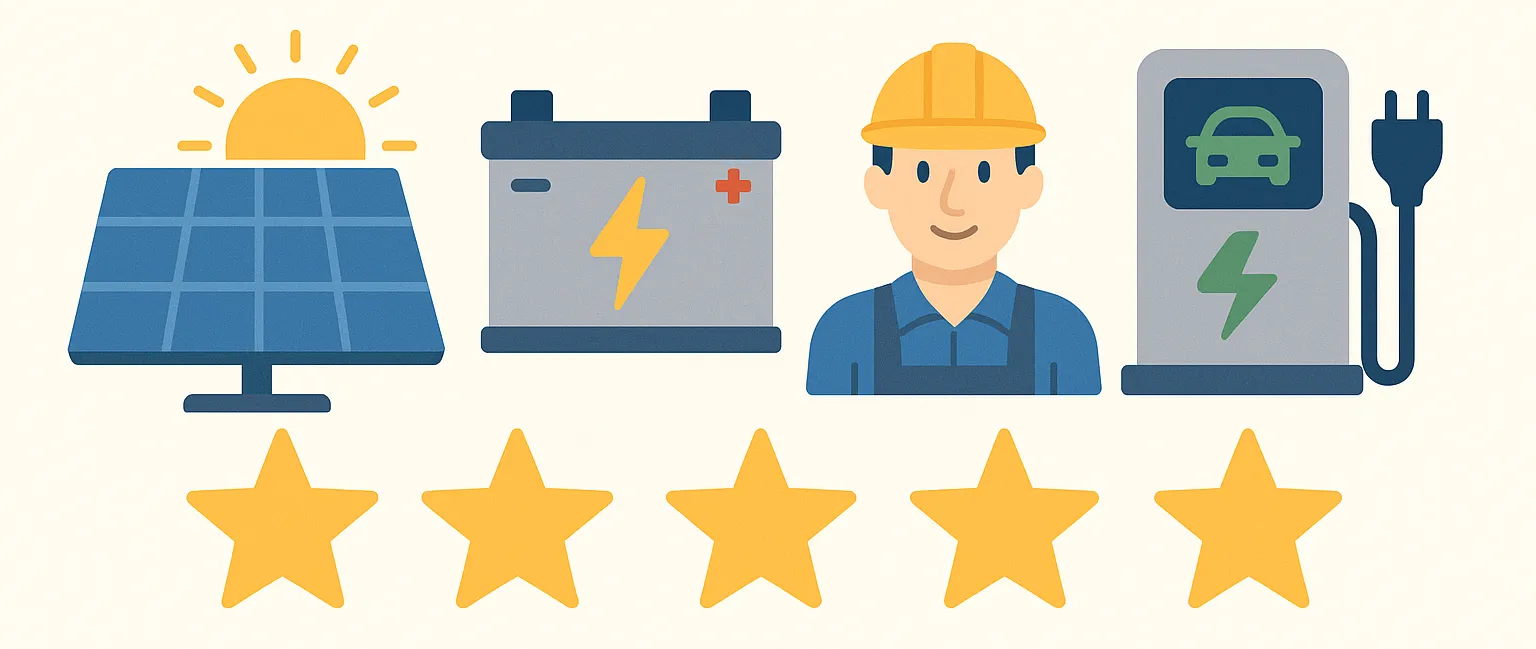The choice of inverter technology in large solar PV systems should include considerations for lifetime maintenance costs and safety, writes Huawei’s July Chenjie He.
It’s boom time for solar. According to consultancy SunWiz, a record 285MW of rooftop solar technology was fitted on commercial and industrial facilities in Australia between January and November last year, surpassing the previous record of 228MW in 2016.
Faced with this large increase, project owners are more concerned not only with the high-power generation but also with the safety and reliability of PV plants. The core of solar power generation systems are photovoltaic inverters, and the safety and reliability of these inverters determines the safety and reliability of a rooftop PV system.
DC fuses are widely used in conventional string inverters. A 1MW PV plant, as an example, will include more than 320 DC fuses inside the system. If fuses can’t be burnt immediately when a short circuit occurs, large volumes of heat can be generated in the DC cables and fuses, which could potentially trigger a fire. Every six months onsite engineers should inspect the fuses inside the conventional inverters of an entire PV system and replace the failed fuses. The extra workload of such routine inspections and replacement of fuses can result in a large increase in operations and maintenance expenses.
Huawei string inverters have multiple maximum power point trackers (MPPTs) and use the ratio of two PV strings into one MPPT. The reverse current can therefore be reduced below 10A, which then does not require a fuse inside the inverter or at an external DC box. This fuseless design reduces the risk of fire, along with lower capital expenditure saving from fewer fuse replacements, decreasing workloads and O&M cost as well as easy maintenance for a system’s 25-year lifespan.
Natural cooling design
Huawei has 30 years’ experience in advanced telecom technology, especially in natural cooling from the remote radio unit. Based on this experience, Huawei has developed string inverters to remove the need for external fans, which reduces the energy self-consumption and increases the environmental adaptability.
The inverters are equipped with a fully-sealed design which ensures IP65 protection. This high-level of protection makes Huawei string inverters versatile for all hostile outdoor environments and conditions, such as high temperature, high humidity and sand, salt and mist protection. The advanced natural cooling design enables “Zero Touch” maintenance, which guarantees safety for owners, workers and property. In addition, noise is reduced, reliability is improved, maintenance is simplified and economic cost is lowered. Huawei inverters for the Australian market are rated at ambient temperature 50°C with no derating.
The core concept of Huawei’s Smart PV Solution is “making PV plants simpler”. A complicated system, especially one which has vulnerable parts such as fuses and external fans, may incur a high operating expenditure and push the boundaries of acceptable safety. All the Huawei string inverters are subjected to more than 1,400 rigorous tests by the Huawei Global Compliance & Testing Centre to ensure the technology can survive harsh environments. As documented and certified by TÜV, Huawei string inverters have achieved results up to 99.96% uptime on the 590 MW Golmud gridded PV plant.
Huawei GCTC is a comprehensive laboratory that integrates EMC, RF, telecom, safety and reliable environment, recognized by international authorities and regulators. Huawei string inverters are all listed on Australian Clean Energy Council approval list for local certification.
News item provided courtesy of Ecogeneration - www.ecogeneration.com.au
